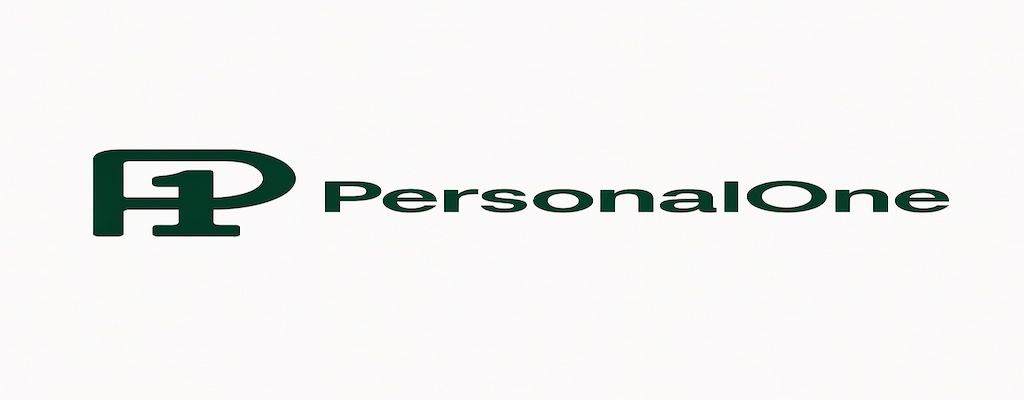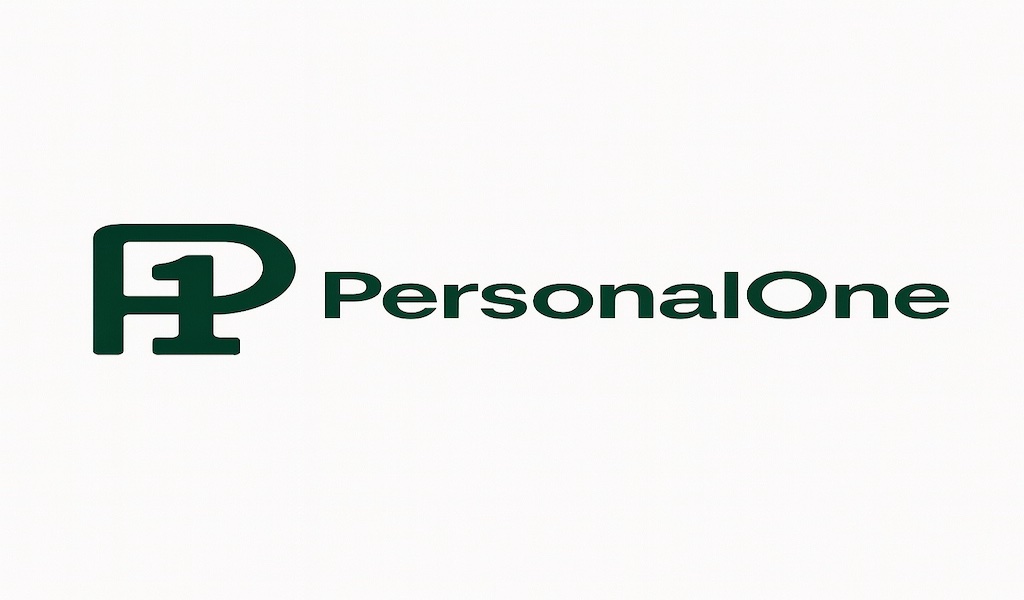Traditional banks have been slow to evolve, but free mobile banking apps stepped up with smarter features and zero unnecessary fees. These apps offer no-minimum checking, automated savings, instant notifications, modern budgeting tools, and seamless digital experiences built for how we manage money today. This guide breaks down the top free mobile banking apps to try in 2025 into 2026—and what to look for so you actually choose the one that fits your financial life.
Best Free Mobile Banking Apps You Should Try Today
Free Mobile Banking Apps: Feature Checklist (What to Look For)
-
- Truly fee-free: no monthly maintenance, no minimums, no overdraft gotchas
-
- Automation: roundup savings, bill reminders, smart budgets
-
- Fast money movement: early direct deposit, instant P2P, cash deposit options
-
- Rewards/APY: cashback partners or high-yield savings
-
- Travel tools: fair FX rates, multi-currency (for globetrotters)
-
- Security: 2FA, card freezing, FDIC insurance via charter/partner bank
These apps are not the same as digital-only banks — they’re mobile-first, not branchless. Think of them as your everyday command center for spending, saving, and tracking your financial habits.
Explore how digital-only banks are reshaping traditional banking
FDIC official guidance on neobanking and mobile safety
✅ Free / Low-Fee Mobile Banking Apps to Consider
| App / Bank | What’s Good / Why It Counts |
|---|---|
| Chime | No monthly fees, no minimum balances, early direct deposit, fee-free overdraft with SpotMe — solid for freelancers or anyone with irregular income. Chime |
| Varo Bank | Fully digital, no monthly fees or balance requirements. Good for those who want minimalist banking with a modern app. WISH-TV |
| Ally Bank | Offers a user-friendly mobile experience + high-quality savings/checking with no hidden fees — ideal for people who care about interest + convenience. SmartAsset |
| Capital One 360 Checking | Online-banking features, no minimum balance requirements, and broad accessibility — decent alternative to big traditional banks. Yahoo Finance |
| Discover Bank (Discover Mobile) | Mobile checking/debit account with no monthly fee and a well-rated app — good for people who want simplicity without surprise charges. Yahoo Finance |
| GO2bank | Designed for easy, low-fee banking — good if you get direct deposits; app supports early paychecks, digital banking, and convenience for gig workers. Google Play |
How to Choose (and Why They Work)
No monthly fee / no minimum balance — That’s the baseline for “free banking.” Many of the apps above meet that.
Digital-first / mobile-first — Because we’re listing mobile banking apps, these banks don’t require branch visits. Totally online.
Features helpful for freelancers / side-hustlers: early direct deposit, fee-free overdraft, easy mobile check deposit, budgeting tools, and savings incentives — all important if your income isn’t steady. If you’re self-employed or juggling gig work, checking out the best banks for freelancers can help you find an account setup built for irregular income and flexible payouts.
Good UX and convenience: Clean apps, good ATM or debit access, online bill pay, etc. That makes them easy to use even if you move around a lot.
-
No monthly fee / no minimum balance — That’s the baseline for “free banking.” Many of the apps above meet that.
-
Digital-first / mobile-first — Because we’re listing mobile banking apps, these banks don’t require branch visits. Totally online.
-
Features helpful for freelancers / side-hustlers: early direct deposit, fee-free overdraft, easy mobile check deposit, budgeting tools, savings incentives — all important if your income isn’t steady.
-
Good UX and convenience: Clean apps, good ATM or debit access, online bill pay, etc. That makes them easy to use even if you move around a lot.
Note: Chime is a fintech-powered neobank (mobile-only service, banking provided via partner banks)
Why Everyone’s Switching to Free Mobile Banking Apps
Free apps are disrupting the traditional model by generating revenue through interchange fees and optional upgrades — not by charging customers hidden costs.
For Gen Z and Millennials, that means transparency, instant control, and automation that actually helps.
Example: Chime lets you receive paychecks up to two days early and round up spare change into savings automatically. Meanwhile, Current and SoFi are integrating budgeting and investing in the same interface.
See our full guide on the 2025 economy and rising digital finance trends
How to Choose the Right App (Match by Use Case)
-
- Saving on autopilot: Choose SoFi, Chime, or Varo for automated saving and goal tracking.
-
- Speed and everyday rewards: Current offers cashback and real-time spending alerts.
-
- Travel and global: Revolut leads for multi-currency transfers and fair FX rates.
-
- All-in-one hub: SoFi combines checking, savings, investing, and even student loans.
Consumer Financial Protection Bureau: Choosing the Right Mobile Banking App
Why “Free” Doesn’t Mean “Cheap”
These apps prove that “free” can actually mean better. By removing costly infrastructure (branches, paper checks), they put savings back in your pocket. Plus, most are FDIC-insured through partner banks and meet federal safety standards.
Free mobile banking apps are the new normal, not a trend. The question isn’t whether you’ll switch—it’s when.
MUST READS: Banking Scams Are on the Rise: 2025’s Most Secure No-Fee Banks
Best Savings Accounts for 2026: High-Yield Picks That Actually Grow Your Money
FAQ
Are free mobile banking apps safe?
Yes. Reputable apps are FDIC-insured (directly or through partners) and use strong encryption.
Can I deposit cash?
Some, like Chime and Current, let you add cash through retail partners. Check their network maps before signing up.
Do they work abroad?
Revolut excels globally; others focus on U.S. users.
Financial Disclaimer: This content is for educational purposes only and not financial advice. Always verify current terms before opening an account.
See more in Banking




